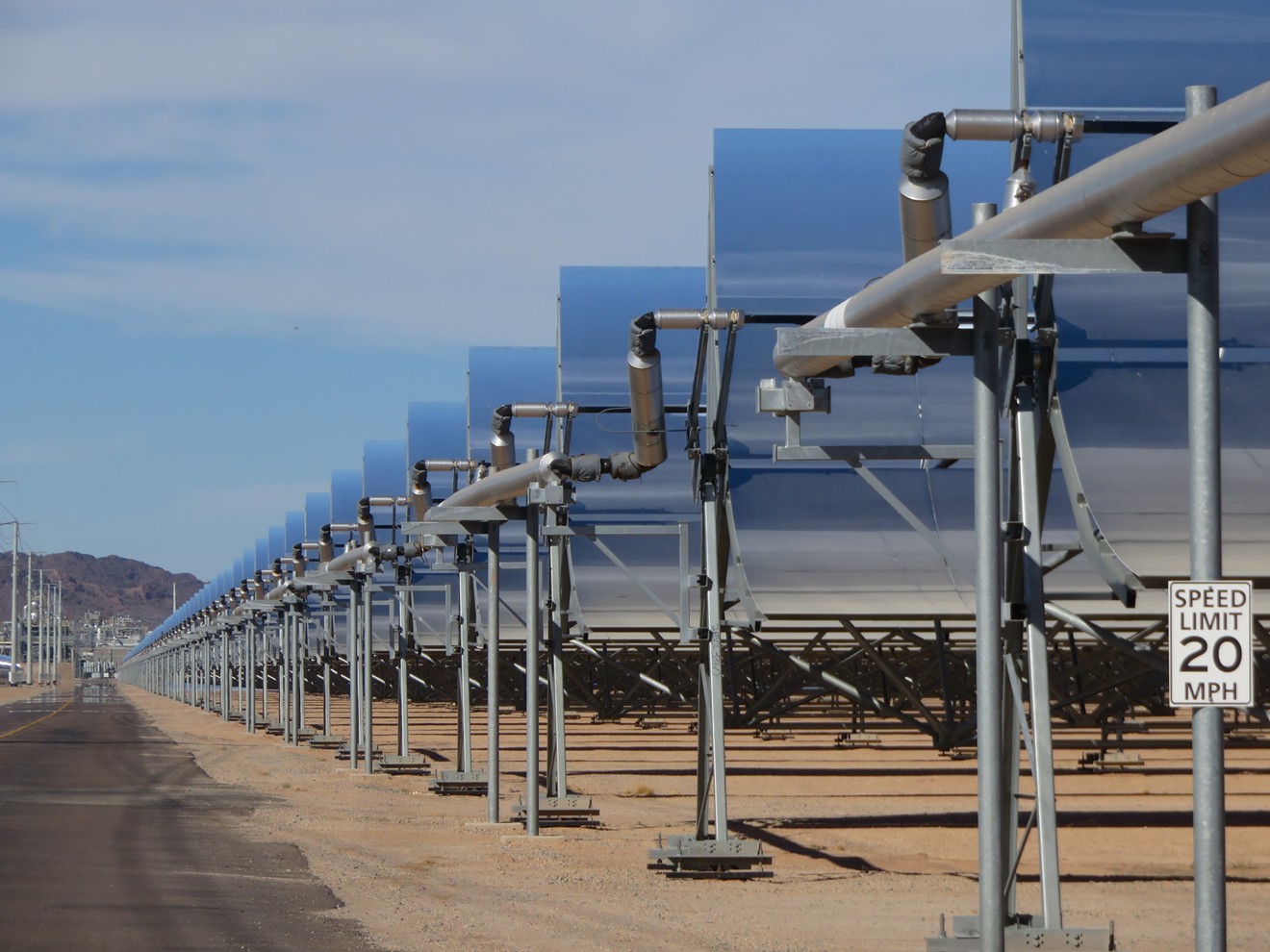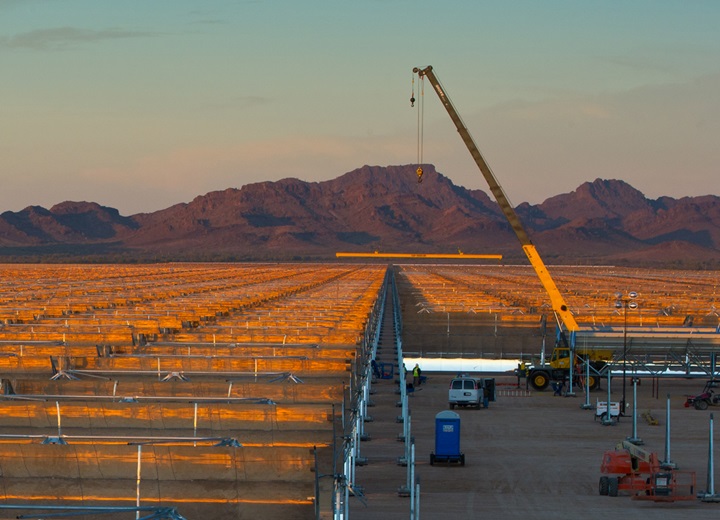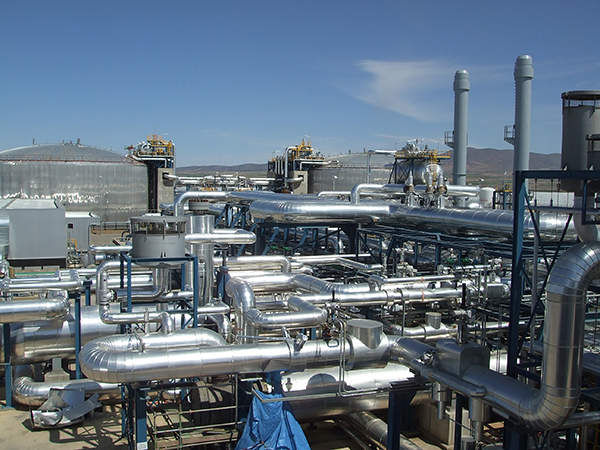REWahoo
Give me a museum and I'll fill it. (Picasso) Give
From the BBC: Sand battery could solve green energy's big problem
While you won't be able to put one in your Tesla, it does sound interesting as a cheap way to store a source of heat.
While you won't be able to put one in your Tesla, it does sound interesting as a cheap way to store a source of heat.
Finnish researchers have installed the world's first fully working "sand battery" which can store green power for months at a time.
The developers say this could solve the problem of year-round supply, a major issue for green energy.
Using low-grade sand, the device is charged up with heat made from cheap electricity from solar or wind.
The sand stores the heat at around 500C, which can then warm homes in winter when energy is more expensive.



